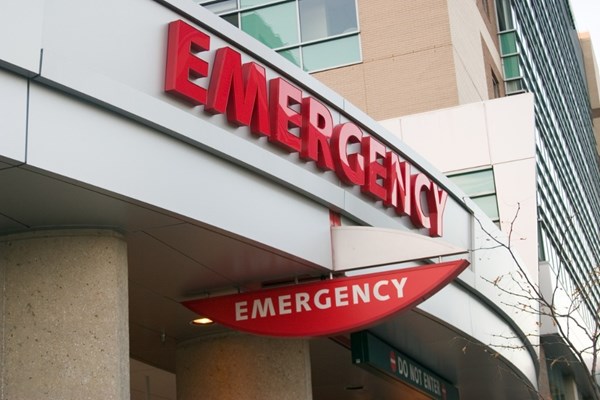ED admissions rates decline despite increasing number of ED visits.
As one-third of United States’ healthcare costs are derived from hospital-based care, it is important to analyze the trends in emergency department (ED) visits and admission rates from the ED.
This retrospective study focused on ED visits and ED admission rates over an 8-year period, from 2006 to 2014. Data were collected from the National Emergency Department Survey. It excluded patients that were 18 years or younger, left without treatment, transferred to another facility, died on arrival, or were missing final disposition.
The authors of the study found that ED visits increased by 18.4% from 2006 to 2014 while ED admission rates fell by 9.8% over the same period. It is interesting to note that the largest reductions in ED admission rates occurred in three populations: (1) older patients, (2) patients with Medicare as their primary insurance and (3) patients with more comorbidities.
Various factors could be playing a role in decreasing admission rates. The authors pointed to improved access to outpatient follow-up from the ED, placing patients in diagnostic protocols (for common complaints such as low risk chest pain and syncope) to avoid unnecessary hospitalizations, and increased scrutiny of short hospitalizations by CMS.
The increase in ED visits across all insurance types, after passing of the Affordable Care Act, is well-documented in prior studies. Although the decrease in ED admission rates may help curb healthcare costs – as the decision to admit a patient is the most-expensive decision in medicine – we still do not know the impact of this finding on patient morbidity, mortality, readmissions, and ED bounce-backs. The latter two lead to increased ED visits which in turn increases healthcare costs.
The reduction in hospitalization rates from the ED was not attributed to lower acuity patients. As the major decision makers for most hospitalizations, emergency physicians have a large influence on healthcare costs. It would be prudent to implement programs that ensure rapid outpatient follow-up with primary care providers for patients of advanced age or with multiple comorbidities. Ultimately, this could improve long-term patient care while tackling costs associated with ED visits and hospital admissions.
PMID: 30326057
Lin MP, Baker O, Richardson LD, Schuur JD. Trends in Emergency Department Visits and Admission Rates Among US Acute Care Hospitals. JAMA Internal Medicine. 2018;178(12):1708.
Abstract
No abstract available.
EMRA + PolicyRx Health Policy Journal Club: A collaboration between Policy Prescriptions and EMRA
 As emergency physicians, we care for all members of society, and as such have a unique vantage point on the state of health care. What we find frustrating in our EDs - such as inadequate social services, the dearth of primary care providers, and the lack of mental health services - are universal problems.
As emergency physicians, we care for all members of society, and as such have a unique vantage point on the state of health care. What we find frustrating in our EDs - such as inadequate social services, the dearth of primary care providers, and the lack of mental health services - are universal problems.
As EM residents and fellows, we learn the management of myocardial infarctions and traumas, and how to intubate, but we are not taught how health policy affects all aspects of our experience in the ED. Furthermore, given our unique position in the health care system, we have an incredible opportunity to advocate for our patients, for society, and for physicians. Yet, with so many competing interests vying for our conference education time, advocacy is often not included in the curricula.
This is the gap this initiative aims to fill. Each month, you will see a review of a new health policy article and how it is applicable to emergency physicians.



